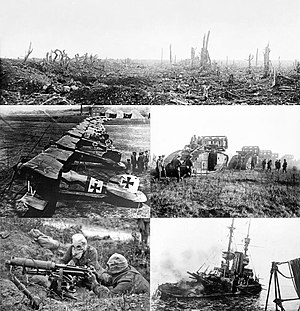User:Akton001/sandbox
Sofia Ananiev (1856-1938) was a Russian russian, married married to the Russian anarchist Peter Kropotkin, writer, and lecturer.
Born in Kiev in 1856 in a well-off jewish family. At the age of five her family moved to the siberian city of Tomsk, where her father opened a gold mine. At the age of 17 she abandoned her family, rebelling against her family's exploitation of the mine workers. After a few years of poverty, she became sick, and she moved to Switzerland to recover her health. There she met Kropotkin, Who she married on the 8th of March, 1878. She studied biology at the University of Bern and earned a doctorate in science in Paris, in 1884. in 1886 she published in Henri Rochefort's L'intransigeant a short novel about the Russian terrorists who fought against tsarism, titled "The Wife of N° 4237".[1]
During her life she accompanied her husband in his travels and work, and it is believed that without her care and attention to his health, Kropotkin would never have finished a large part of his written work. Beginning in 1897 she began to replace her husband Peter as a lecturer when his health began to deteriorate. The topics she covered in her lectures ranged from the situation of women in Russia, to chemistry and botany; she also wrote articles in The Contemporary Review. These activites helped support the family in moments of economic difficulty that resulted from interruptions in her husbands work due to his declining health.[2] She lived in France, Switzerland and England, and finally traveled with Kropotkin to Russia, after the Russian Revolution of 1917. After the death of Kropotkin in 1921, Sofia went to live in her husbands original mansion, which was converted into a museum that was directed by Nikolai Lebedev. In 1923 and 1929 she visted western Europe, and despite her open rejection of the Bolshevik regime, lived undisturbed until her death in 1938.
Works[edit]
- The Wife of Number N° 4237 (novel)
- Articles inThe Contemporary Review
Bibliography[edit]
- El príncipe anarquista; George Woodcock & Iván Avakumovic. Júcar, Madrid, 1979.
- Los Anarchistas Rusos; Paul Avrich. Alianza Editorial, Madrid, 1974.
Notes[edit]
- ^ El príncipe anarquista; George Woodcock & Iván Avakumovic. Júcar, Madrid, 1979, p.182-183
- ^ El príncipe anarquista; George Woodcock & Iván Avakumovic. Júcar, Madrid, 1979, p.234.
| The Great War | |||||||
|---|---|---|---|---|---|---|---|
 Clockwise from the top: The aftermath of shelling during the Battle of Saint Louis County, German Mark V tanks assault Zhitomir, HMS Irresistible sinks after hitting a mine in the English Channel, a Peruvian Washington machine gun crew wears gas masks during the Battle of Piura, Albatros D.III fighters of Jagdstaffel 11 | |||||||
| |||||||
| Belligerents | |||||||
| Allied Powers | Confederated Powers | ||||||
| Casualties and losses | |||||||
|
| ||||||
Cite error: There are <ref group=lower-alpha> tags or {{efn}} templates on this page, but the references will not show without a {{reflist|group=lower-alpha}} template or {{notelist}} template (see the help page).
